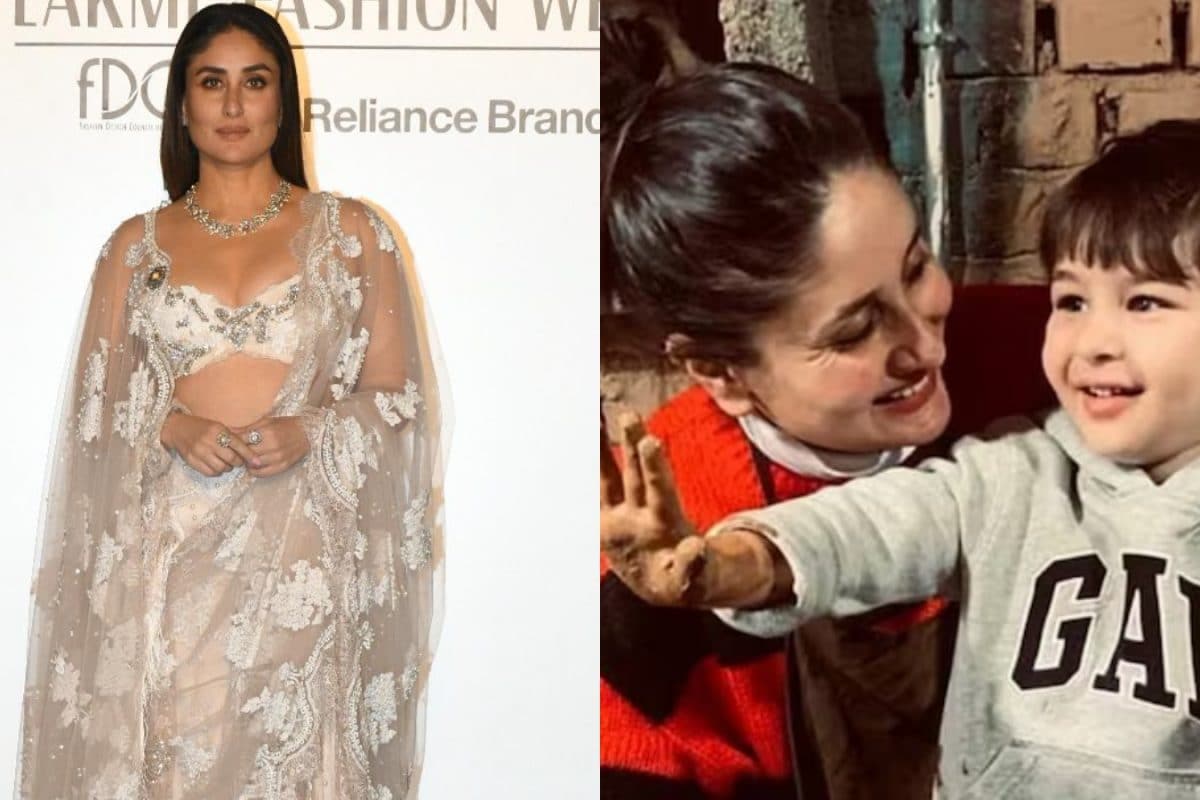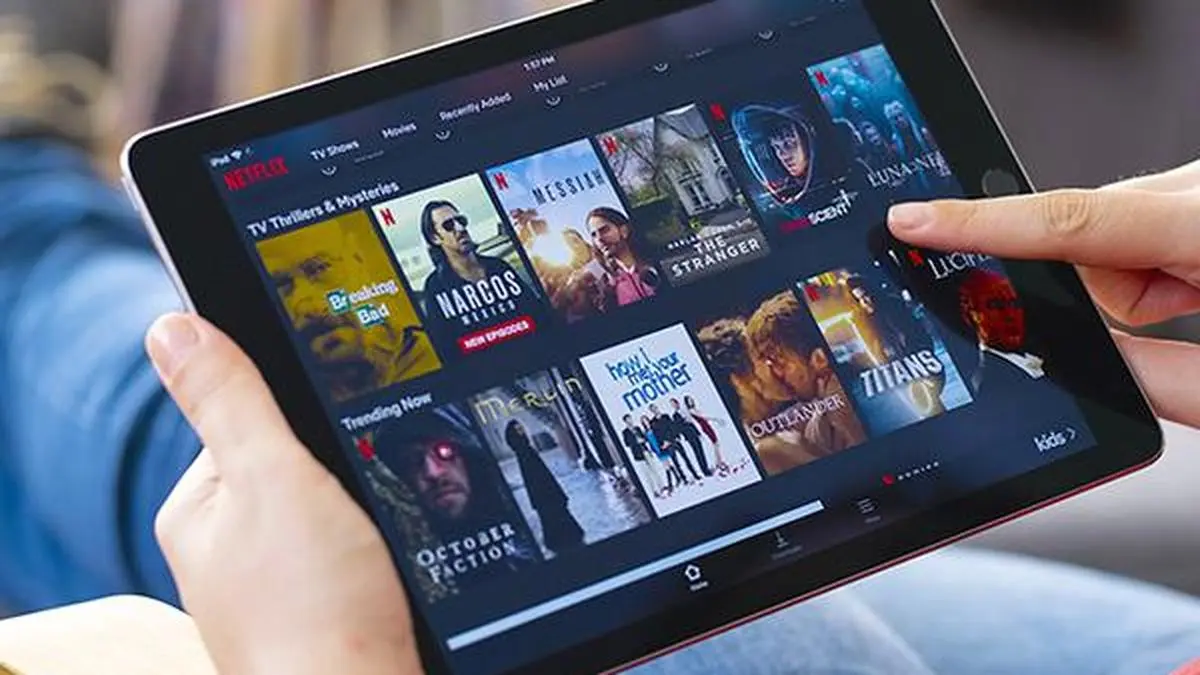Dennis Page had two main passions in his life: music and basketball. In 1993, Page was doing pretty well with one of them: He had helped launch the rock and roll magazine, Guitar World , in 1980, and was now more than a decade into a successful run as that mag’s publisher. He was happy enough to have abandoned his earlier life goal of being a deejay or working for Rolling Stone , but he was ready to start something new.
Just as Page, who had always loved hoops as much as music (even if he’d never worked in the sport), started to get anxious about what magazine he might launch next, a friend of his from the music business, Alan Grunblatt, suggested he start, effectively, “a hip-hop basketball magazine.” Sports media would never be the same. Professional athletes have been “cool” for almost as long as sports have existed as a vocation.

Page’s first favorite players were guys he saw in person growing up in Trenton, NJ—local legend Tal Brody, and New York City’s Lew Alcindor, whose Power Memorial team had visited Page’s hometown to take on Trenton Catholic. As Page’s hoops exposure grew with sports media’s gradual growth, he fell in love with players like Earl “The Pearl” Monroe and Julius “Dr. J” Erving.
Then there was Isiah Thomas. And by the early 90s, of course, there was Michael Jordan. But the way these superheroes were covered by the press stayed pretty static.
Newspapers focused on games and stats. TV focused on broadcasting games. Street &.

























